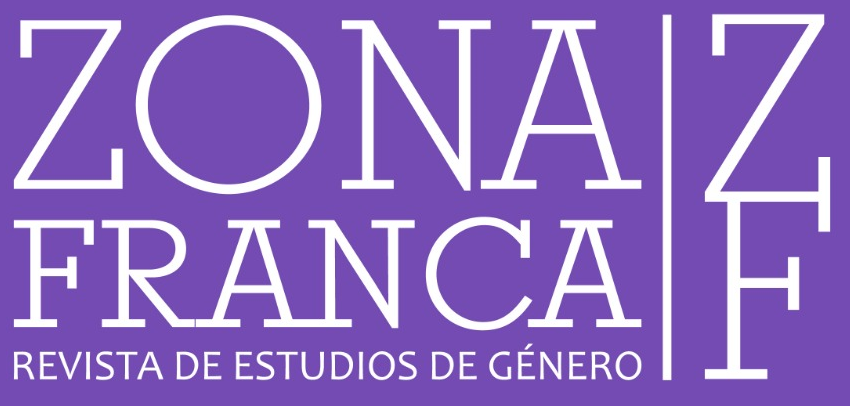Huellas de las mujeres judías en Santa Fe. Moisés Ville (1889-1930)
DOI:
https://doi.org/10.35305/zf.v0i24.30Palavras-chave:
Mujeres- inmigrantes- memoria- géneroResumo
La provincia de Santa Fe se caracterizó, desde la segunda mitad del siglo XIX, por ser un asentamiento de poblaciones que migraron desde diferentes países europeos. Las mujeres que la habitaron tenían distintos orígenes: italianas, españolas, suizas, lituanas, bielorrusas. Sin embargo, todas tenían algo en común: eran migrantes y estaban subordinadas a los mandatos de los varones.El propósito de este artículo es historizar las experiencias de vida de mujeres migrantes en la región del noroeste santafesino, concretamente en las primeras colonias judías organizadas por las Jewish Colonization Association1, y analizar cómo tuvieron la capacidad de adaptarse a este espacio, de transformarlo, de qué manera resistieron y transgredieron su tradición. Nuestro interés se centrará en la vida de aquellas mujeres que trabajaron en el espacio doméstico, que desarrollaron sus múltiples actividades para el hogar y en sus familias, desde 1889 hasta 1930. Entendemos que por ello constituyen un colectivo relegado por la historiografía. El objeto de estudio lo conforman las mujeres de Moisés Ville -asentamiento poblacional que llegó desde la Rusia zarista en los finales del siglo XIX-, que trabajaban en sus hogares, donde tuvieron roles activos en la producción material y simbólica del orden social.Downloads
Não há dados estatísticos.
Downloads
Publicado
2017-01-04
Como Citar
Bidut, V., Capoulat, L., & Wexler, B. (2017). Huellas de las mujeres judías en Santa Fe. Moisés Ville (1889-1930). Zona Franca, (24), 100–122. https://doi.org/10.35305/zf.v0i24.30
Edição
Seção
Otras Voces




